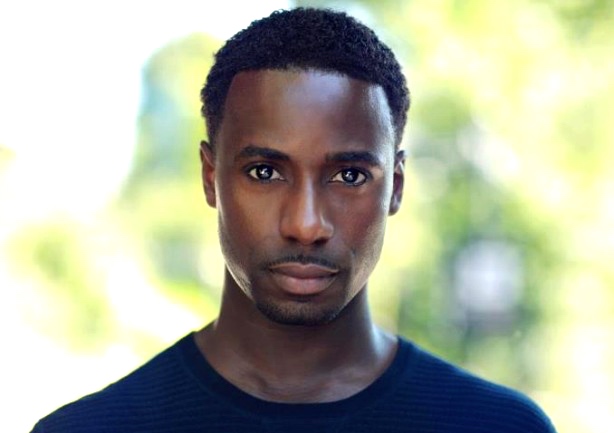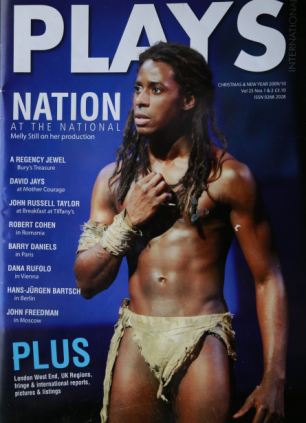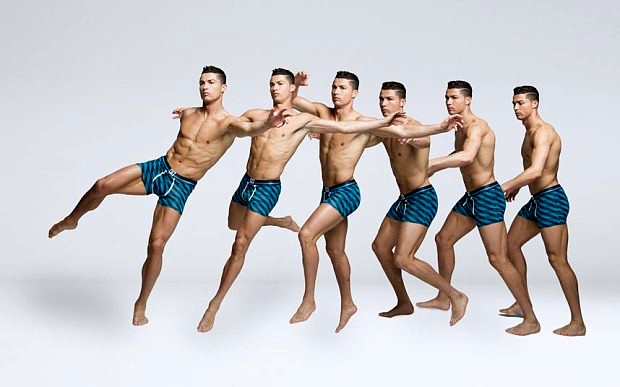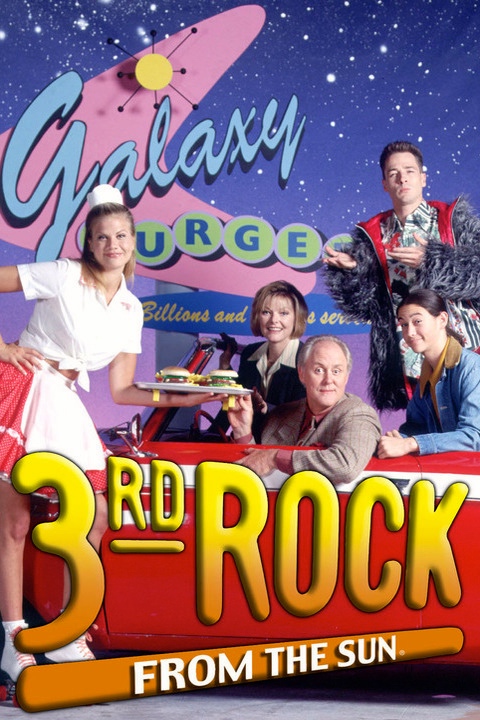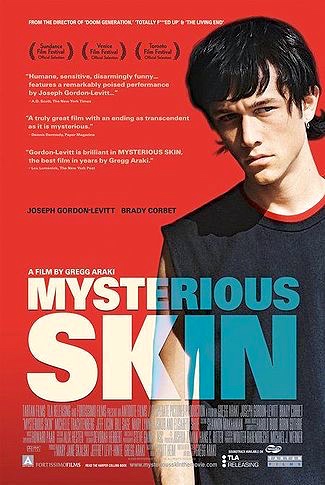From the June 14th NYT Magazine, a “First Words” column by Amanda Hess, “When You ‘Literally Can’t Even’ Understand Your Teenager”:
A little paradox of Internet celebrity is that a YouTube personality can amass millions upon millions of young fans by making it seem as if he’s chatting with each of them one to one. Tyler Oakley, a 26-year-old man who identifies as a “professional fangirl,” is a master of the genre. He has nerd glasses, pinchable cheeks, a quiff he dyes in shades of blue and green and more YouTube subscribers than Shakira. Some of his teenage admirers have told him that he is the very first gay person that they have ever seen. He models slumber party outfits and gushes over boy bands, giving the kids who watch him from their bedrooms a peek into a wider world.
In March 2012, Oakley faced the camera, balanced a laptop in his sightline and paged through a photo set of the curly-haired actor Darren Criss, whose turn as a hunky gay singer in “Glee” made him a fixture of teenage dreams. In these new pictures, which had just been leaked online, Criss was lounging on a beach wearing only a pair of low-rise jeans and a layer of perspiration. Oakley’s videotaped reaction was exultant. “I literally cannot even,” he informed his fans. “I can’t even. I am unable to even. I have lost my ability to even. I am so unable to even. Oh, my God. Oh, my God!”
Criss in high-hunky (almost shirtless) mode:
Soon, Oakley’s groupies had immortalized his soliloquy in GIF form: “Can’t” upon “can’t,” looping forever. Now they could conjure the GIF whenever they felt so overcome by emotion that they couldn’t even complete a thought. Oakley was not the first to recast the sentence fragment “I can’t even” as a stand-alone expression. He just helped shepherd it out of the insular realm of Tumblr fandom and into the wide-open Internet.
A collection of examples followed.
For those who grew up when teenagers didn’t “can’t,” the phrase might register as a whimper, as if millennials have spun their inability to climb the staircase out of the parental basement into a mantra. At least the Valley Girls of the 1980s and ’90s, who turned every statement into a question, and the vocal-fried pop tarts of the early 2000s, who growled almost inaudibly, had the decency to finish their sentences. Kids today, it seems, are so mindless that they can’t even complete their verb phrases.
Here Hess misunderstands the role of “uptalk” and “vocal fry”. That’s one topic — “It’s Just Stuff” — to take up in a moment. And she similarly misunderstands the role of syntactic truncation, which is “just stuff” at a higher level (and is much more common than she seems to think). That’s another topic, which I’ll label “That goes without”.
Purposes of slang. Hess goes on to observe, correctly, that the audience for Tyler Oakley and the people she quotes is not adults, but other teenagers:
But if you really believe that teenage girls (and boys) don’t know what they’re talking about, it’s more likely that they just don’t want you to know what they’re talking about. Teenagers may not be able to drive or vote or stay out past curfew or use the bathroom during school hours without permission, but they can talk. Their speech is the site of rebellion, and their slang provides shelter from adult scrutiny.
(More generally: all talk has an intended audience, and though you might experience some of the talk, you’re not necessarily in that intended audience. This goes not only for teen talk, but also for business jargon, technical talk, and many other kinds of talk specific to certain contexts and purposes.)
But saying that is not saying that the purpose of youth slang is concealment from adult scrutiny. It’s quite likely that teens using “I can’t even” are giving no thought to adults at all; their use of slang is affiliative, designed to create and reinforce social bonds, and the exclusion of people outside the targeted social groups is a side effect. (Some uses of slang are also ostentatious: people showing off their creativity.)
Now there are people who do indeed use slang to conceal — for instance, the criminals, con men, drug addicts, prostitutes, and others in the marginal subcultures studied by David W. Maurer in his work (which Hess mentions). But these uses shouldn’t be seen as the model for the much larger world of slang.
It’s Just Stuff. Hess thinks of phonetic phenomena like uptalk and vocal fry as each having a single fixed meaning, in fact as having the meaning she hears in them. So she understands the high rising terminal pitch of uptalk as question-asking, though this is not at all what users of uptalk are doing with it.
The fact is that different people are doing different things with uptalk, and that different people are doing different things with vocal fry. These phonetic features are “just stuff”, just material that’s available for becoming associated (within particular social groups) with semantics, social meanings, pragmatic functions, discourse functions, and so on. Similarly for lexical items: for example, different people use discourse markers like well for different purposes. And for syntactic constructions: for example, there is plenty of variation in how Subject-Auxiliary Inversion is used. And so for syntactic truncation.
All these things are just aspects of linguistic form, with no intrinsic meaningful content at all, aspects that are available for becoming conventionally associated (in a particular social context) with various sorts of “meaning” (in a very broad sense). It’s Just Stuff.
That goes without. Back to “I can’t even”. To interpret this, you need to supply (from the context and your background knowledge) a VP complement (or a range of VP complements) for can’t. This isn’t at all hard to do (so if it was intended to conceal the speaker’s intentions, it was singularly ineffective). In addition, this formal feature — omission of material that “goes without saying” — is very widespread.
[Digression: ellipsis and truncation. There are two large classes of phenomena here, both characterized by omission of material that has to be supplied by the hearer.
In ellipsis, the omitted material is anaphoric, understood by reference to some antecedent in the linguistic context. So in so-called Verb Phrase Ellipsis (VPE), over-simplifying things somewhat, a VP complement (to an auxiliary verb) has to be reconstructed from the linguistic context:
A: I want you to press the DESTRUCT button.
B: I can’t Ø. I just can’t Ø.
Here B’s omitted material (in the position of the Øs in the text) has an antecedent in A’s instruction: the VP press the DESTRUCT button.
(Deliciously, there are constraints on VPE that make I can’t even unavailable as an instance of this construction.)
In truncation, on the other hand, material is omitted when it can (at least you hope) be reconstructed on the basis of common-sense reasoning, with no requirement for a linguistic antecedent. An invented novel example:
A: You’ll clean up after yourself, won’t you?
B: Of course. That goes without Ø.
— understood as That goes without saying.]
So I can’t even is a truncation, and these turn out to be widespread.
Truncations on this blog:
“May I truncate?” on 8/29/09:
Nonce truncation is very common, especially with fixed expressions, where parts of them can “go without saying” because the expressions are fixed. It’s not hard to find occurrences of above and beyond without the call of duty in contexts where the longer expression is clearly intended, or the whole nine without yards in similar contexts. Proverbs and famous quotations are often truncated in this fashion: Oh, sharper than a serpent’s tooth.
“Nonce truncation” on 12/1/09: added they go back (with a long way suppressed)
“Nonce truncations” on 3/7/10: added a hundred percent (with sure/certain suppressed) and have a snowball’s chance (with in hell suppressed); treated conventionalization of truncation in as far as; and a somewhat more complex case of free-standing if-clauses to convey polite requests:
From my own experience at oral examinations: when the examining committee has finished its questions, the chair is likely to say to the student something like: “if you’ll just leave the room for a few minutes”. That functions as a polite request for the student to leave the room for a few minutes. Unlike the previous cases, there are a number of possible continuations (main clauses) that could have been omitted.
The omitted-main-clause strategy can be used in many other situations. You can give someone instructions, for instance, though a series of if-clauses: If you’ll just make a fist. Then if you’ll press on the bandage …
Strategies like this can be conventionalized as imperative constructions, and might have been for some English speakers in the case of if. In any case, this is one route by which conditional or subjunctive marking (whether via inflectional morphology or special lexical items) can result in an imperative construction, as has happened in many languages.




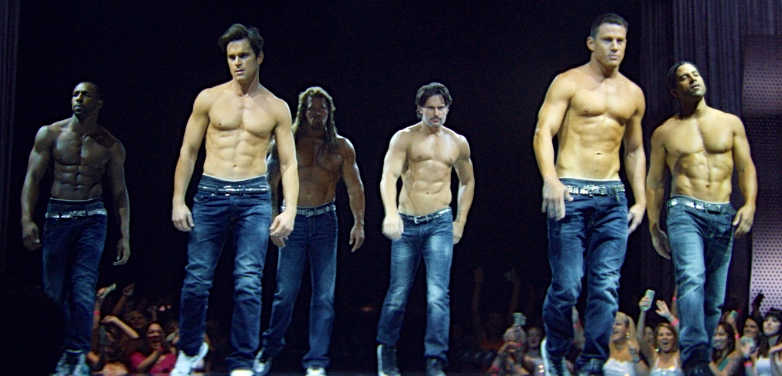






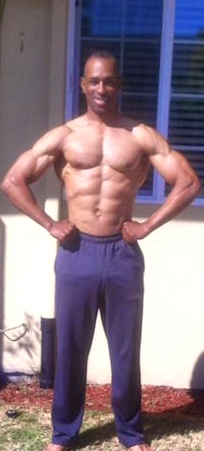



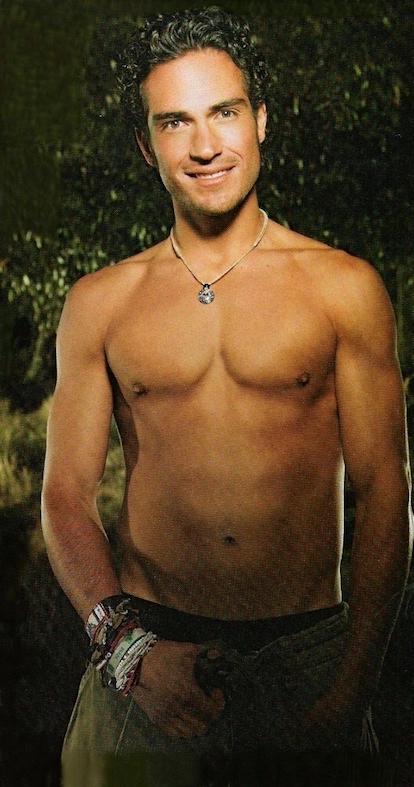




















 (#1)
(#1)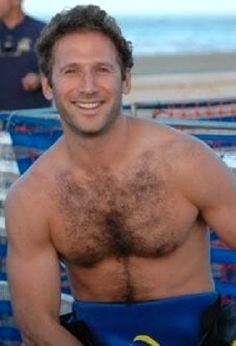 (#2)
(#2)





